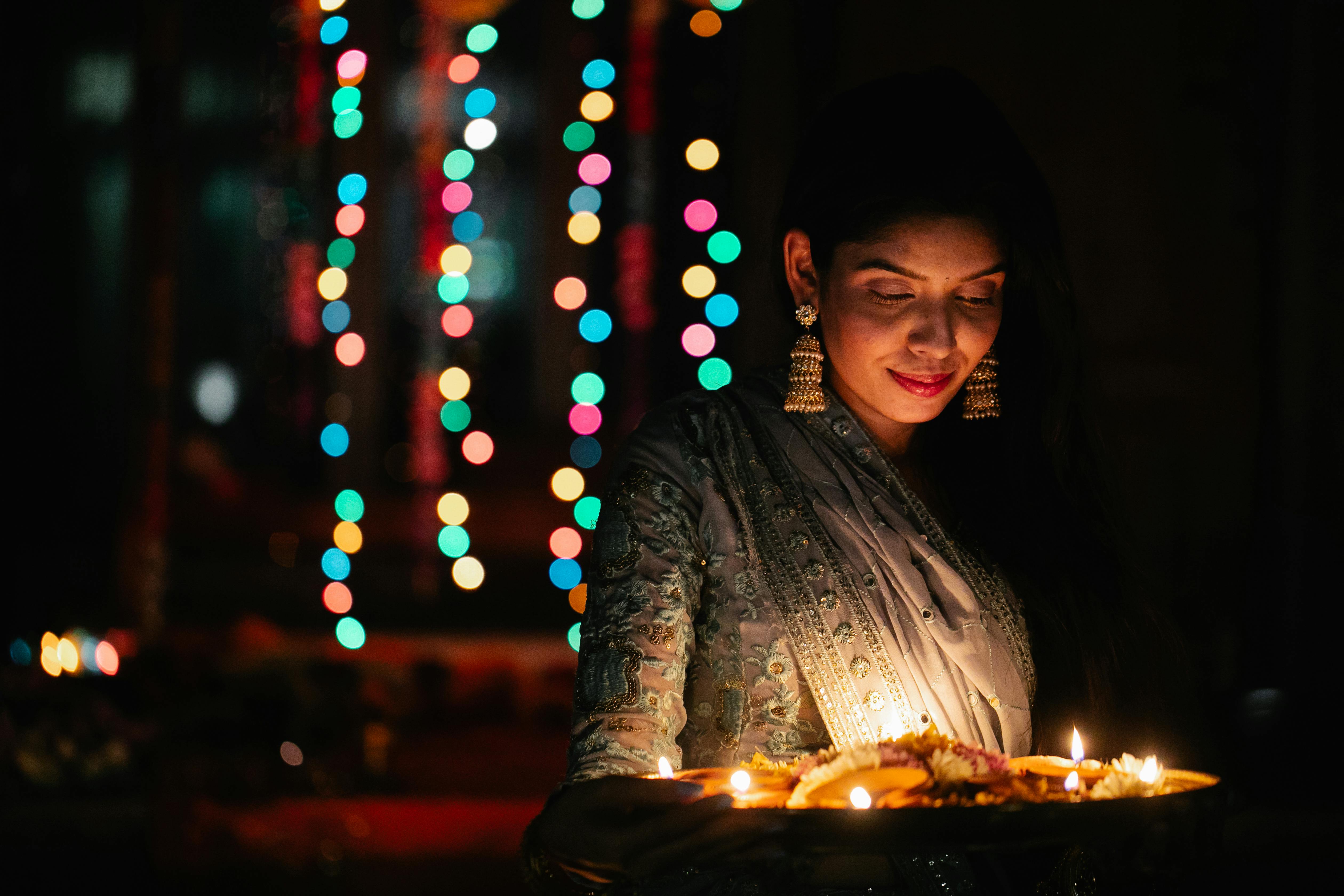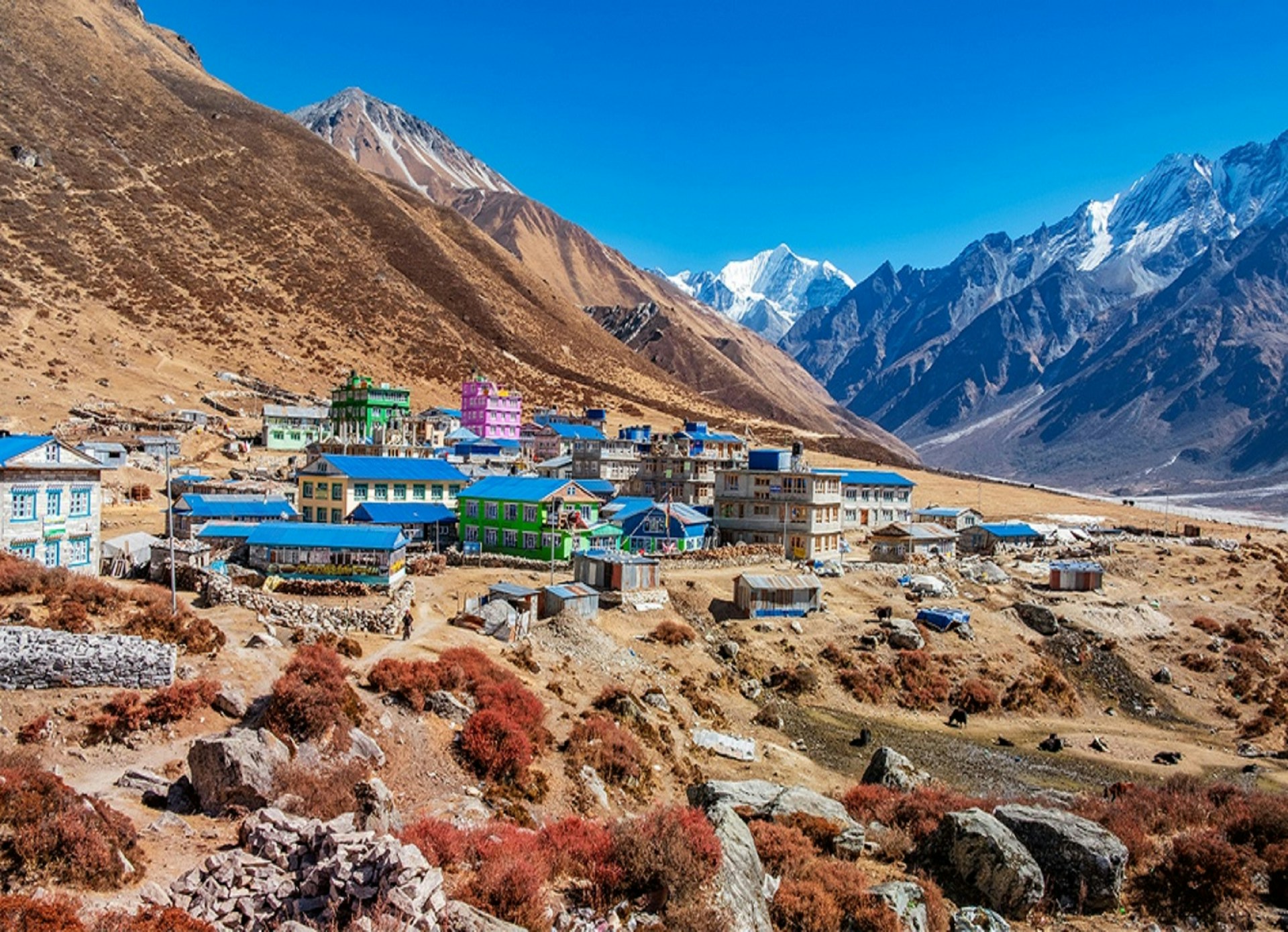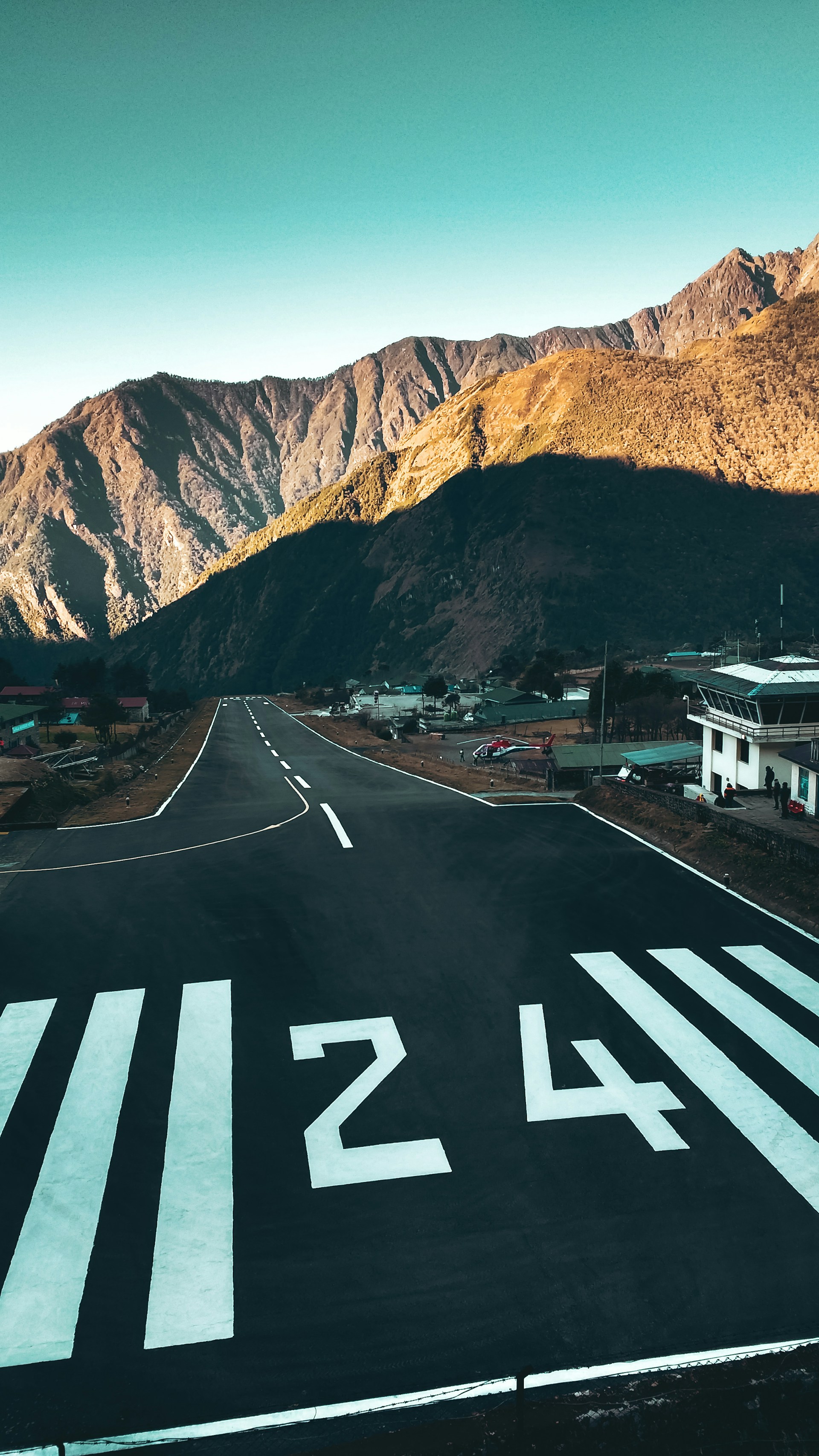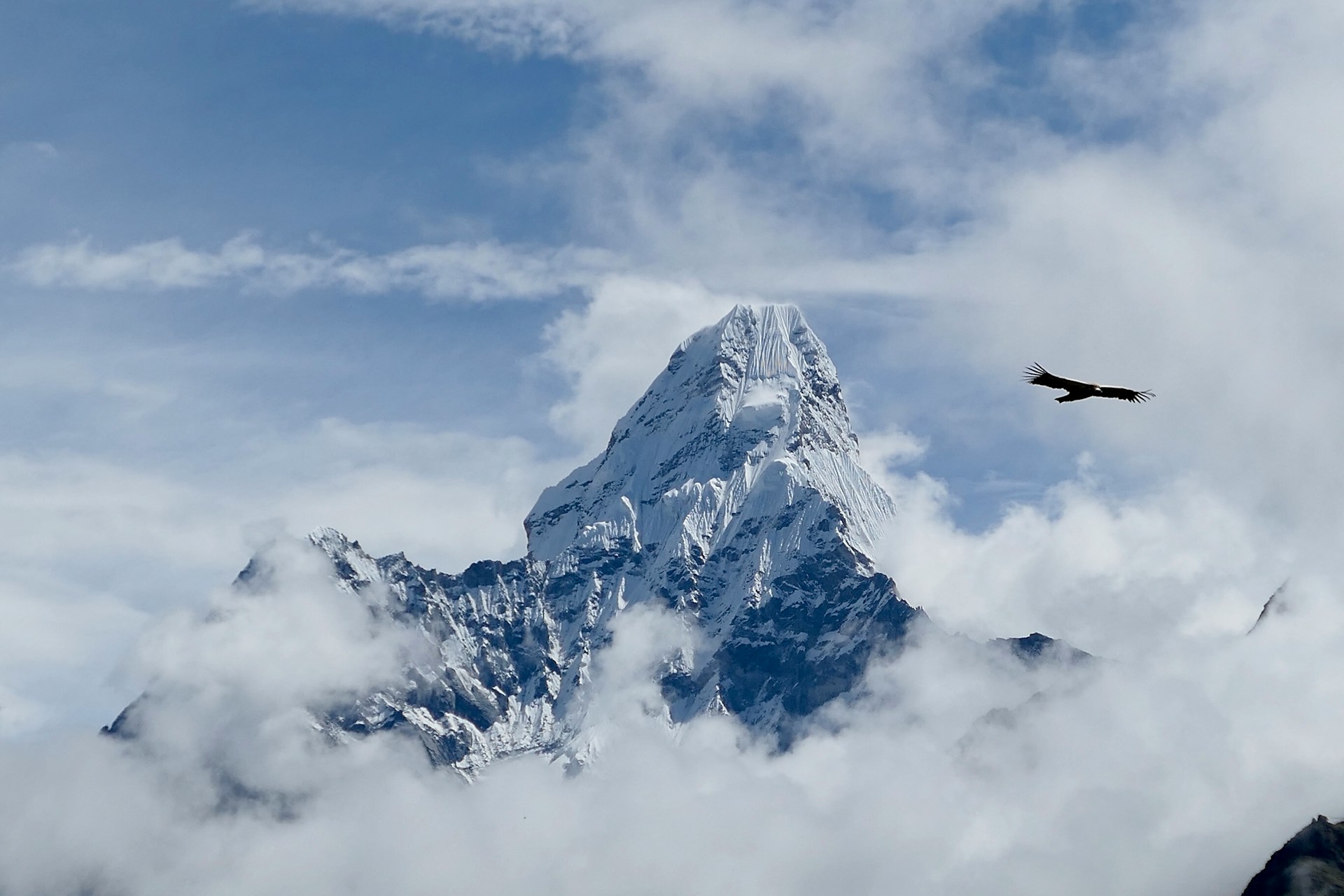Dashain, which is also known as Vijaya Dashami, holds the distinction of being the largest and most widely celebrated Hindu festival in Nepal. Each year, this vibrant and joyous festival envelops the entire nation in an atmosphere of happiness and excitement, as it brings families and friends together through a rich tapestry of age-old traditions and cherished rituals. The significance of Dashain extends beyond mere celebration; it plays a crucial role in the cultural fabric of Nepal, symbolizing the triumph of good over evil.
Dashain: Celebrating Unity and Culture in Nepal
This festival serves not only as a time for personal reflection and devotion but also as an opportunity to strengthen the bonds among individuals and communities. In a world that often experiences division and discord, Dashain stands out as a beacon of unity, fostering a profound sense of togetherness and collective joy. Through the observance of various customs and the sharing of meals, gifts, and blessings, the festival reinforces relationships and creates lasting memories, making it a truly special occasion for all who participate.
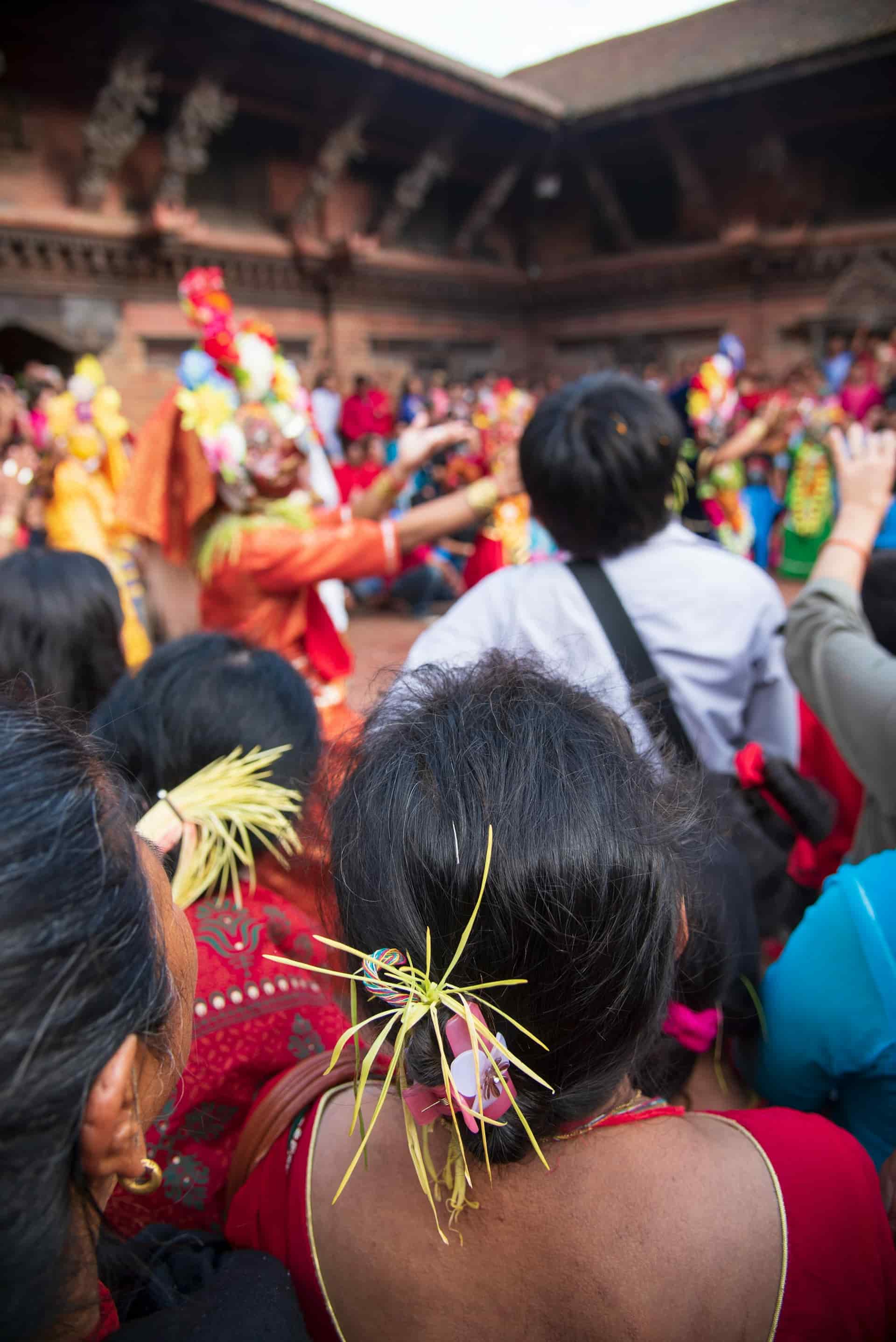
Discover the vibrant tradition of Dashain as people gather, beautifully adorned with jamara on their hair, symbolizing prosperity and unity in Nepal's most cherished festival.
Importance of Dashain in Nepali Culture
Dashain stands as the greatest Hindu festival in Nepal, representing not just a time for rituals but also a profound connection among its people. This festival symbolizes victory over evil, celebrated through the legend of Goddess Durga's triumph over the buffalo demon Mahishasura. However, beyond the sacred stories and rituals, Dashain transcends mere celebration; it strengthens familial ties and fosters a sense of identity and belonging among Nepalis, whether in the heart of the Himalayas or scattered across the globe.
In a world where social divides and disunity are increasingly prevalent, Dashain serves as a reminder of the intrinsic value of connection and harmony. During this festive period, families that may have grown apart reconnect, celebrating the essence of love and unity that Dashain embodies.
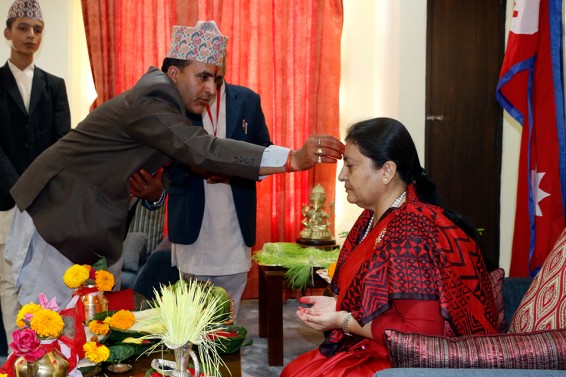
Experience the grandeur of Dashain as the king and queen partake in the traditional Tika ceremony, symbolizing blessings, unity, and cultural heritage.
Religious History of the Dashain Festival
The Dashain festival honors the goddess Durga, a powerful figure found in ancient texts such as the Vedas, especially the Rigveda. The name "Durga" comes from Sanskrit words meaning "difficult" and "to go through," symbolizing her as "the inaccessible" or "the invincible."
Durga is also featured in major Hindu epics like the Mahabharata and the Ramayana, although her depiction varies. While she is primarily celebrated during Dashain, other deities, such as Laxmi, are also respected. Devotees invoke her using 108 sacred names, and 14th-century manuscripts describe the rituals of Durga Puja, which are essential to the festivities.
Artistically, Durga is portrayed as a fierce warrior riding a tiger and wielding weapons provided by male gods, such as a bow, sword, and trident. These artistic representations date back to the 4th century, underscoring her cultural importance. Her essence also appears in Buddhism, Jainism, and Sikhism, representing strength and victory.
Dashain marks Durga's victory over the demon Mahishasura in a battle that lasted ten days. After defeating him, she earned the title "Mahishasuramardini," which means "The Slayer of Mahishasura," emphasizing her role as a divine protector against evil. This story embodies the theme of good triumphing over evil, resonating deeply with devotees during this significant festival.
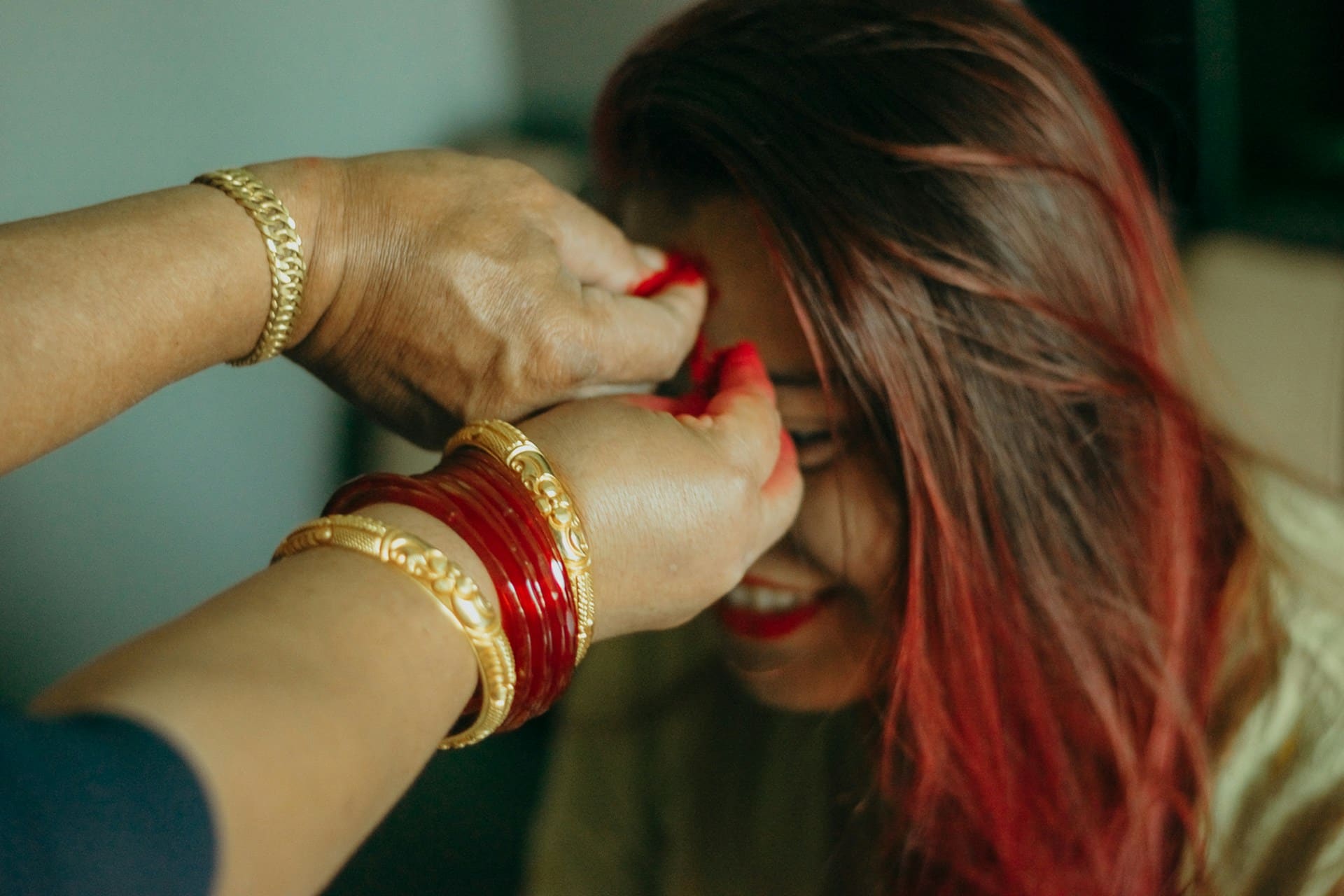
Celebrate the spirit of Dashain with the sacred Tika ceremony, a cherished tradition symbolizing blessings, family bonds, and cultural heritage.
Important Days During the Dashain Festival in Nepal
Dashain comprises ten days, each imbued with its own unique significance and rituals that contribute to the overall richness of the festival:
Ghatasthapana: The First Day
Ghatasthapana marks the auspicious beginning of Dashain. On this day, a sacred pot (ghat) is established, symbolizing the divine presence of the goddess Durga. Families engage in preparations for the upcoming days by sowing seeds for Jamara (barley), which will sprout and emerge as a symbol of life, prosperity, and renewal. This day sets the tone for the festivities, as it signifies the start of a sacred period filled with devotion and anticipation.
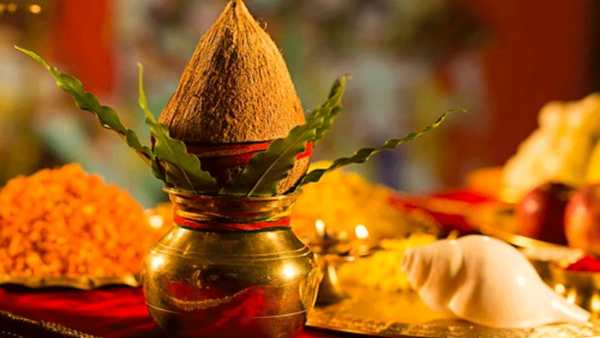
Discover the significance of the Kalash and coconut in Dashain rituals, symbolizing prosperity, purity, and devotion in Nepal's grand celebration.
Phulpati: The Seventh Day
On Phulpati, the traditional worship of the goddess commences with great fervor. Families bring offerings of vibrant flowers, fragrant leaves, and sacred plants to their homes, creating an atmosphere of devotion and celebration. The day is marked by a lively procession, demonstrating the communal spirit of Nepal as people come together to honor their traditions and express their gratitude to the goddess.
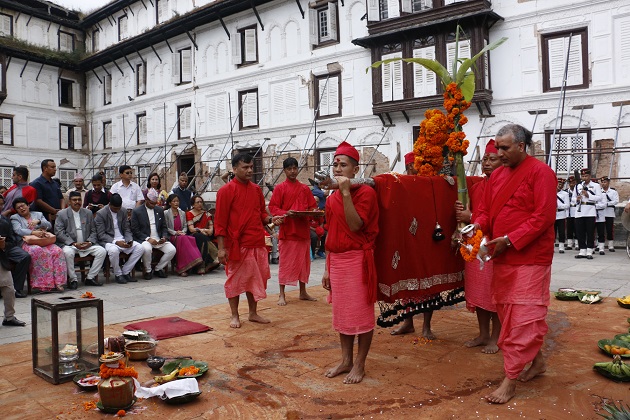
Experience the vibrant Phulpati rituals of Dashain, where families bring sacred offerings and communities unite in colorful processions to honor the goddess and Nepalese traditions.
Maha Asthami: The Eighth Day
Maha Asthami is regarded as one of the most auspicious days during the Dashain festival. Many devoted individuals observe fasting and perform elaborate rituals to honor Durga, seeking her blessings for strength and protection. In some communities, animal sacrifices are made as a form of dedication and reverence, reflecting the deep-rooted beliefs and practices that characterize this sacred time.
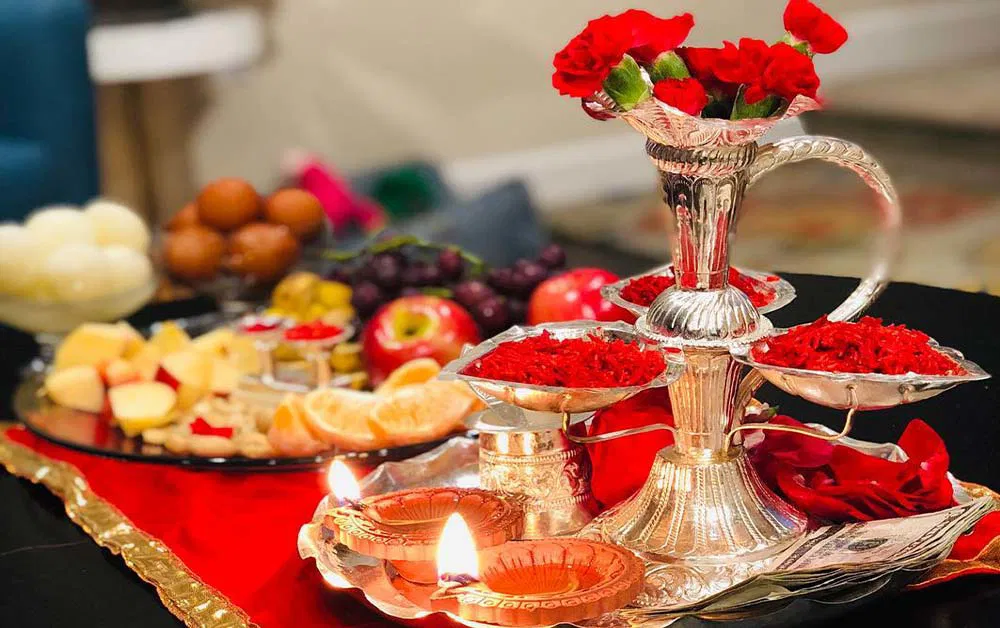
Discover the essence of Dashain with a stunning display of Diyo, Tika, vibrant flowers, and fresh fruits, symbolizing devotion and prosperity in Nepali culture.
Maha Navami: The Ninth Day
Following Maha Asthami, Maha Navami is a day filled with family gatherings and continued offerings to the goddess. This day emphasizes the importance of community spirit, as many individuals seek blessings from their elders, reinforcing familial bonds and the importance of respect within the family structure.
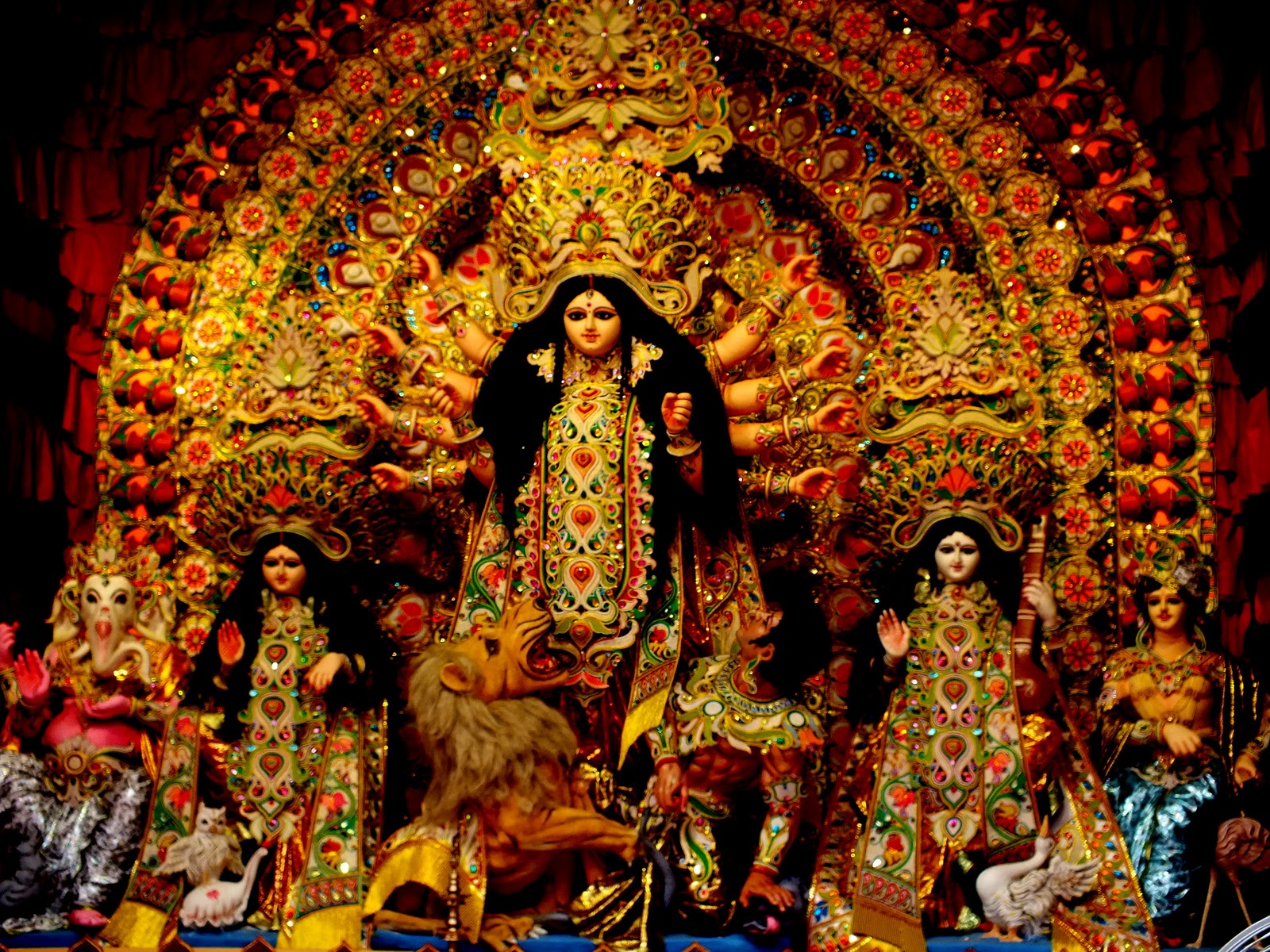
Celebrate the divine presence with a beautifully adorned frame of the Devi Goddess, embodying strength, grace, and spiritual devotion in Nepali traditions.
Bijaya Dashami: The Tenth Day
Bijaya Dashami represents the climax of the festival. On this day, families receive Tika, a mixture of rice, yogurt, and vermilion, from their elders as a symbol of blessing and goodwill. This moment epitomizes respect, love, and the essence of Dashain, marking the ultimate victory of good over evil and the reaffirmation of familial ties that transcend generations.
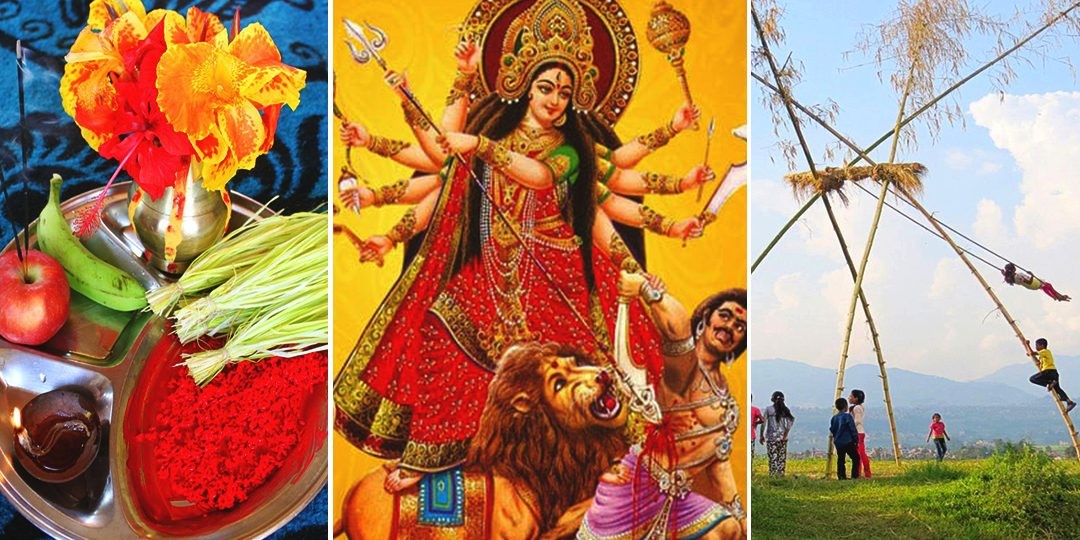
Experience the vibrant Dashain Festival, a time for playing ping, receiving tika jamara, and engaging in sacred worship to honor traditions, unity, and blessings in Nepal.
Kojagrat Purnima: The Fifteenth (Last) Day
Kojagrat Purnima concludes the grand celebration of Dashain. The festivities continue with feasting and rejoicing, where families express their gratitude towards the goddess for the blessings they have received during the festival. This day serves as a final gathering, allowing families to come together one last time to reflect on the joy and unity experienced throughout the celebration.
How Do People Celebrate the Dashain Festival in Nepal?
Family Reunions
Dashain is a cherished time for families to come together, often traveling long distances to reunite with loved ones. These reunions are filled with laughter, storytelling, and the sharing of cherished memories that strengthen familial bonds and create lasting connections.
Flying Kites
A favorite pastime during Dashain, flying kites adds a playful and joyous spirit to the celebrations. The colorful skies are filled with vibrant kites, reflecting the jubilant atmosphere as families engage in friendly kite battles, fostering a sense of community and shared enjoyment.
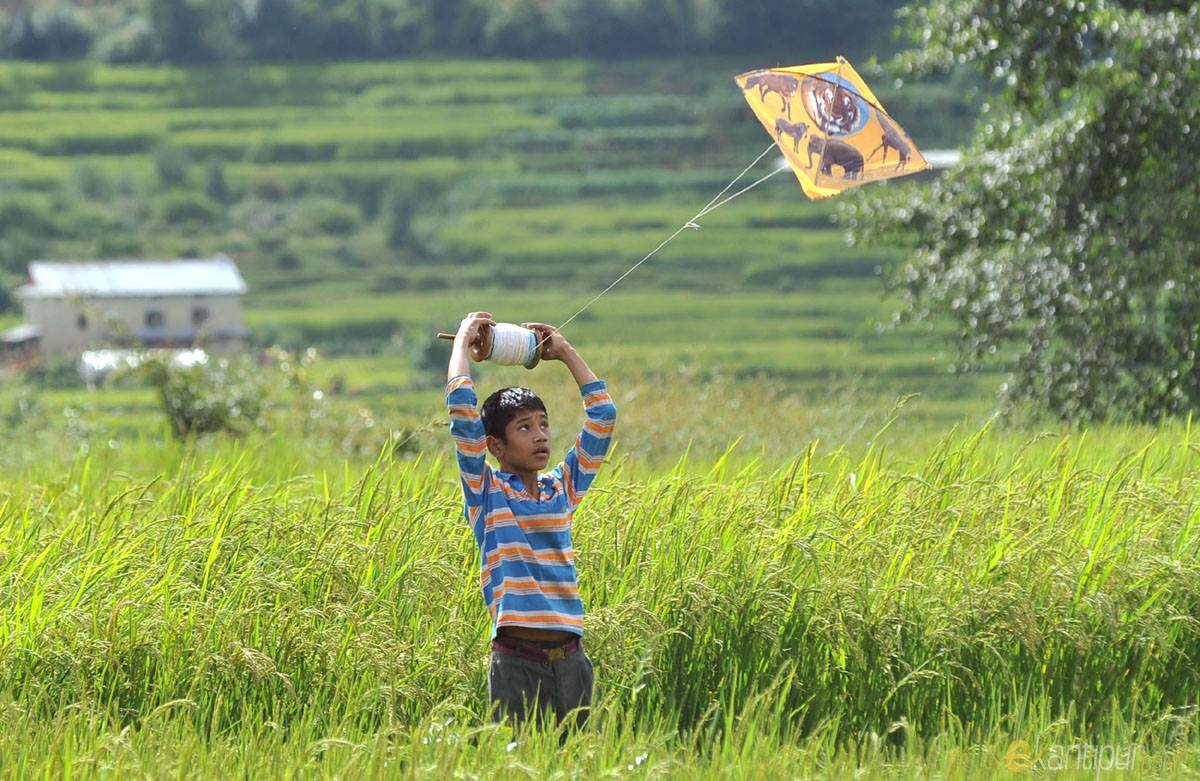
Celebrate Dashain by flying kites, a beloved tradition symbolizing victory and freedom, enjoyed by families and communities across Nepal during the festive season.
Swings (Ping)
Traditional swings, known as Ping, are constructed in many neighborhoods, providing a source of amusement for both children and adults alike. Swinging on these festive structures fosters a sense of community and nostalgia, as families come together to enjoy this delightful activity.
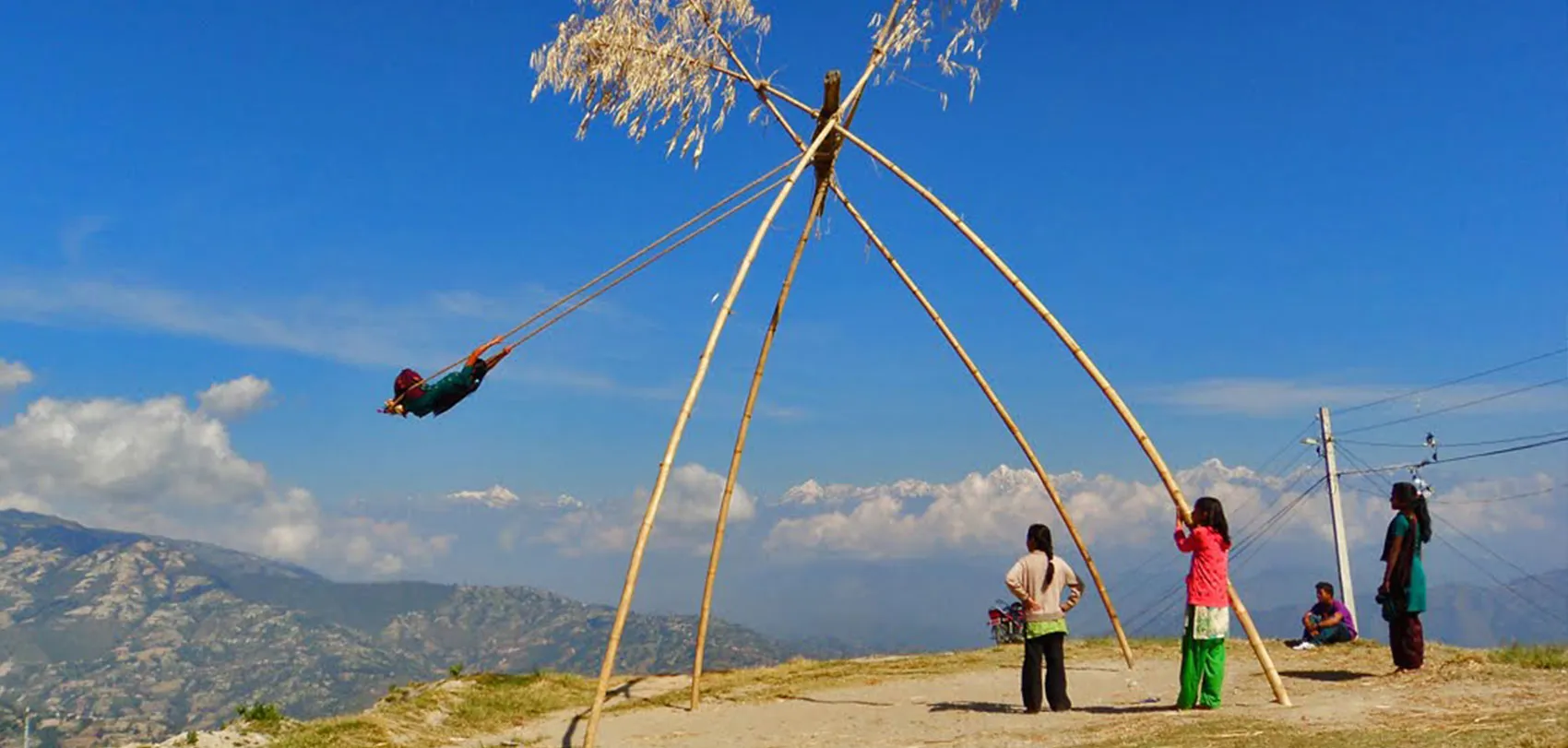
Experience the joy of playing Ping (swing) during Dashain, a vibrant Nepali tradition symbolizing happiness and a deep connection to culture, celebrated with family and friends.
New Clothes and Gifts
Wearing new clothes is a customary practice during Dashain, symbolizing renewal, hope, and celebration. Families exchange gifts, reinforcing bonds of love and goodwill, and creating a spirit of generosity and appreciation that permeates the festival.
Tika and Jamara
The Tika ceremony is a pivotal aspect of Dashain, where blessings from elders are received with great reverence. Jamara, the sprouted barley, is also placed on the forehead of individuals, symbolizing prosperity, abundance, and the continuity of life.
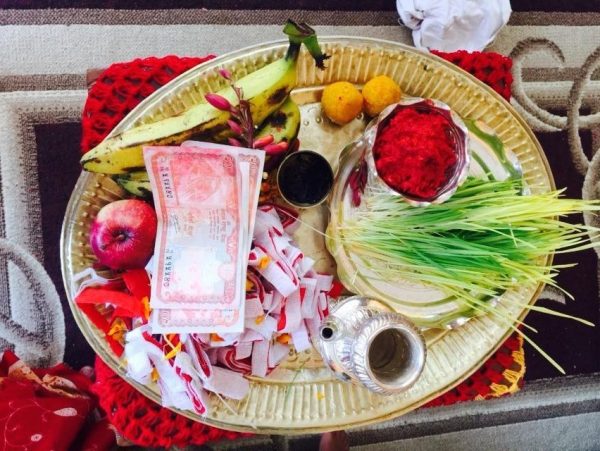
Discover the significance of Dashain Tika and Jamara on a plate, a vital ritual during Dashain symbolizing blessings, prosperity, and the triumph of good over evil.
Animal Sacrifice
In certain regions, animal sacrifice is a time-honored tradition that seeks to please the goddess Durga. This practice varies by community, emphasizing devotion and cultural identity, as families engage in rituals that reflect their beliefs and values.
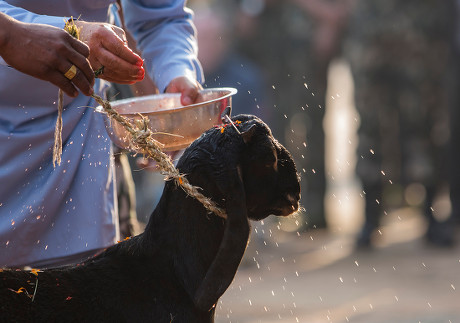
Explore the tradition of eating goat meat during Dashain, a significant part of the festival symbolizing unity, celebration, and the rich cultural heritage of Nepal.
Card Games and Gambling
Friendly card games and gambling add a light-hearted and playful element to the festivities. Families engage in games, strengthening ties through laughter, competition, and shared experiences that create lasting memories.
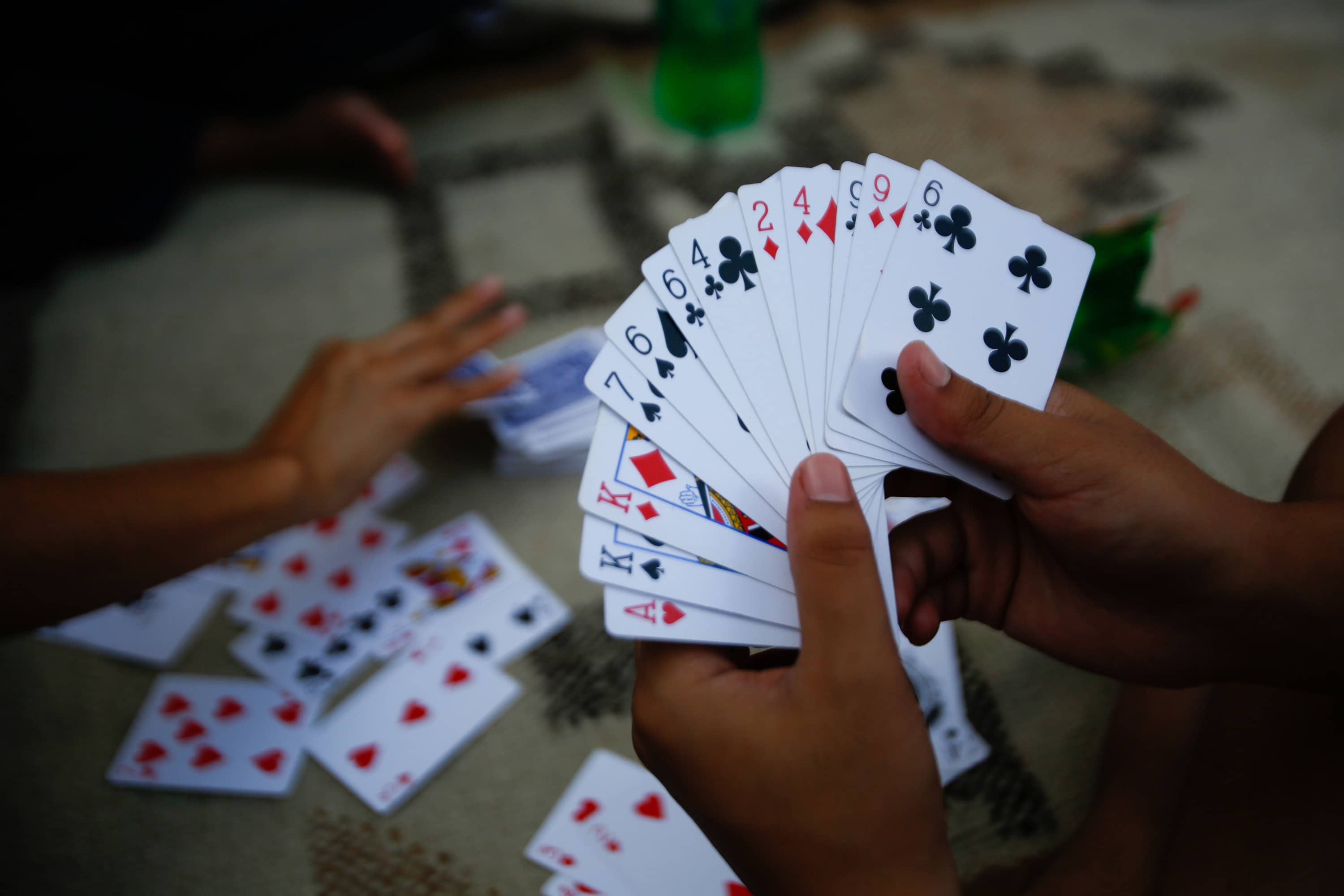
Discover the joy of playing cards during Dashain, a cherished tradition in Nepal, where families come together for fun, bonding, and friendly competition during the festival.
Visiting Temples and Shrines
Devotees flock to temples and shrines to seek divine blessings during Dashain. Worshippers participate in communal prayers, reinforcing their faith and cultural heritage while connecting with the spiritual essence of the festival.
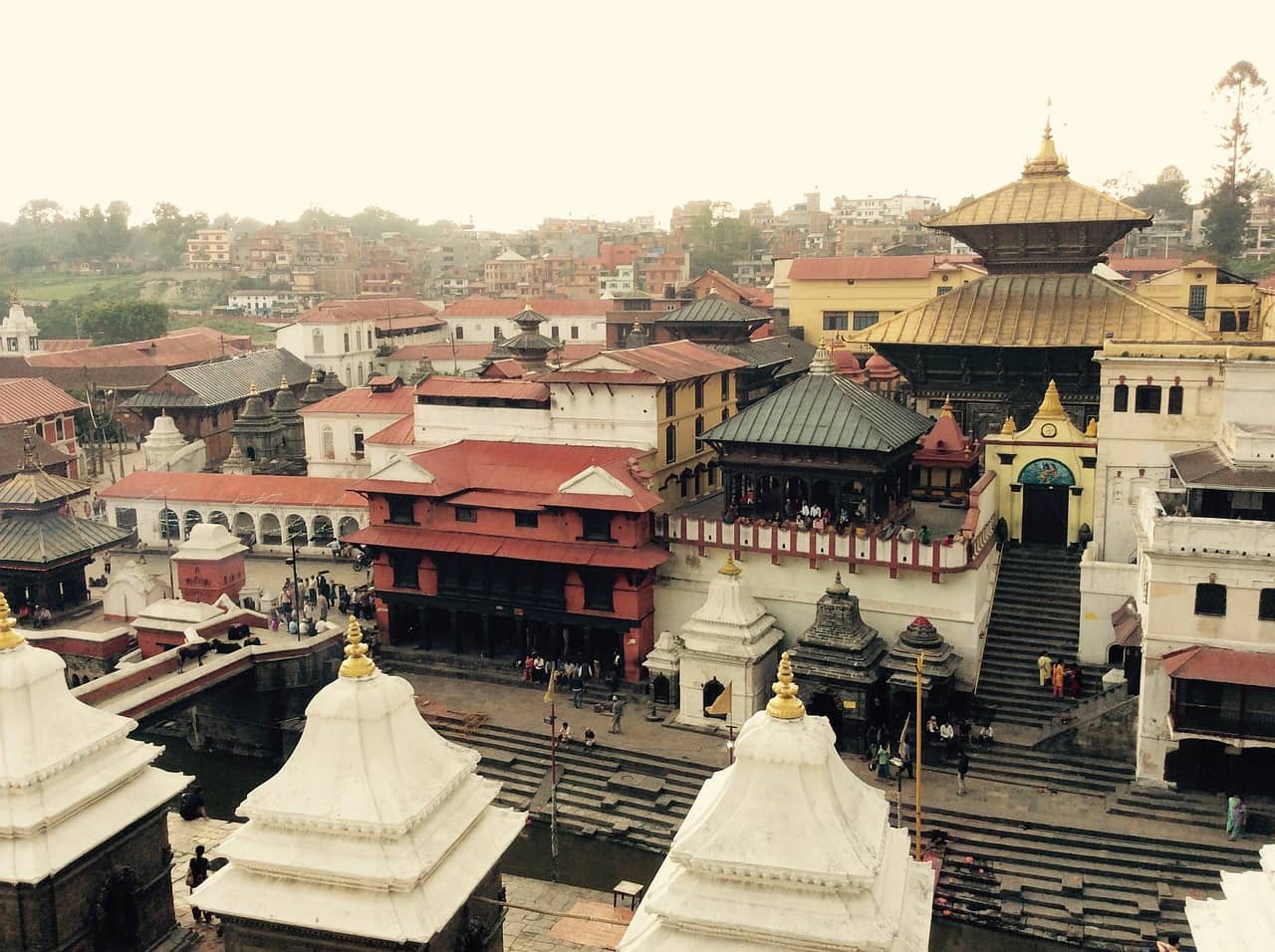
Explore Pashupatinath Temple, one of Nepal's most revered Hindu temples, known for its historical significance, spiritual atmosphere, and breathtaking architecture.
Feasting
The festival is incomplete without a grand feast that showcases the rich culinary heritage of Nepal. Traditional dishes are prepared with love and care, and sharing food brings families together, epitomizing the spirit of Dashain and the joy of communal dining.
Popular Holiday Destinations During the Dashain Festival
1. Kathmandu Valley World Heritage Sites
The Kathmandu Valley, home to several UNESCO World Heritage Sites, attracts both tourists and locals alike during Dashain. Iconic temples and historical landmarks become bustling hubs of celebration, where the vibrant energy of the festival is palpable. Visitors can immerse themselves in the rich cultural heritage that the valley has to offer.
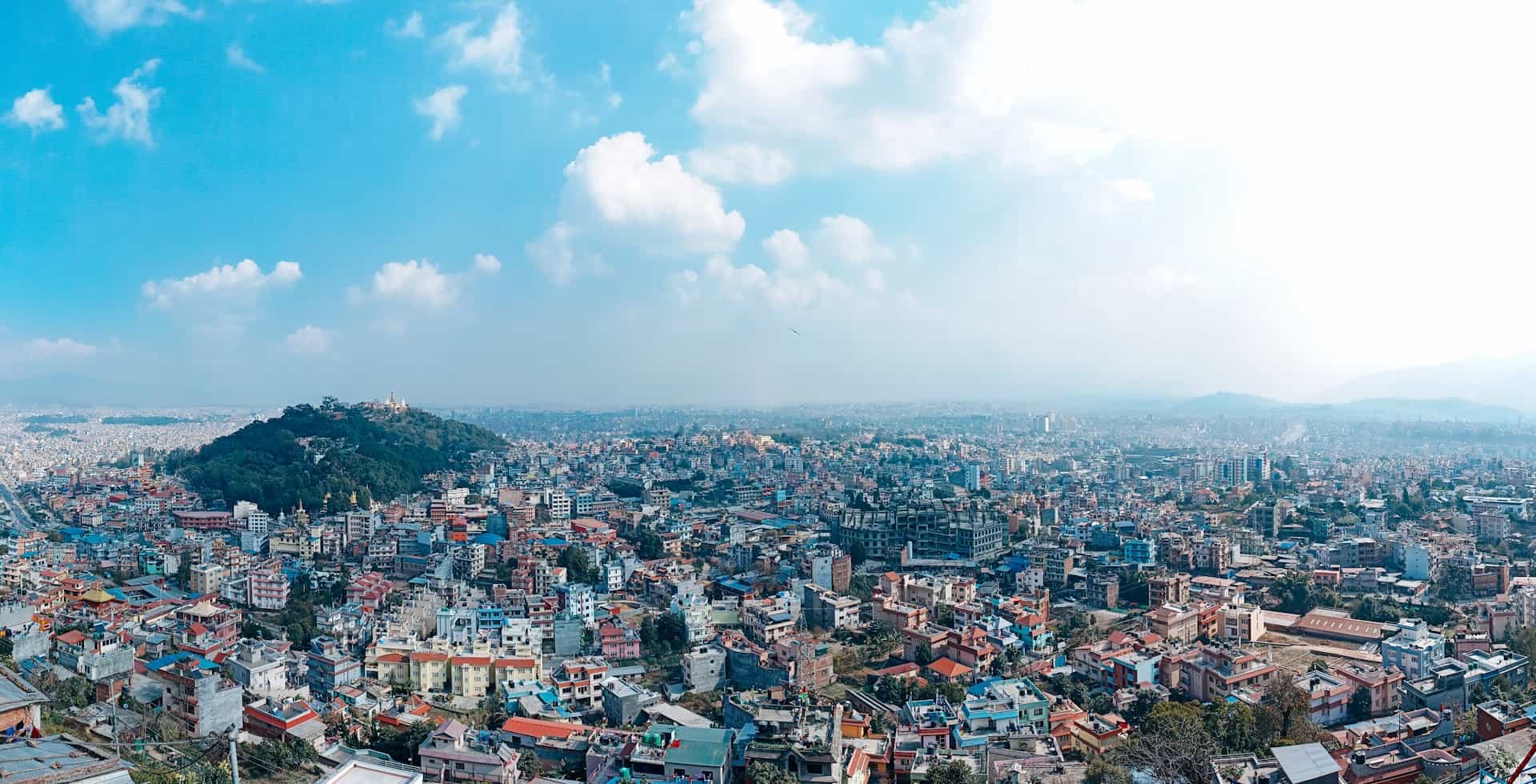
Discover the beauty of Kathmandu Valley, surrounded by majestic mountains and rich cultural heritage. A stunning blend of ancient temples, vibrant streets, and natural landscapes, perfect for travelers seeking history and serenity.
2. Annapurna Base Camp Trek
The Annapurna Base Camp (ABC) trek is a favorite among trekkers during Dashain. With clear skies and pleasant weather, this trek offers stunning views of Annapurna, Machapuchare, and other majestic peaks. Trekkers get to experience diverse landscapes, from lush forests to alpine meadows, making it a perfect holiday adventure.
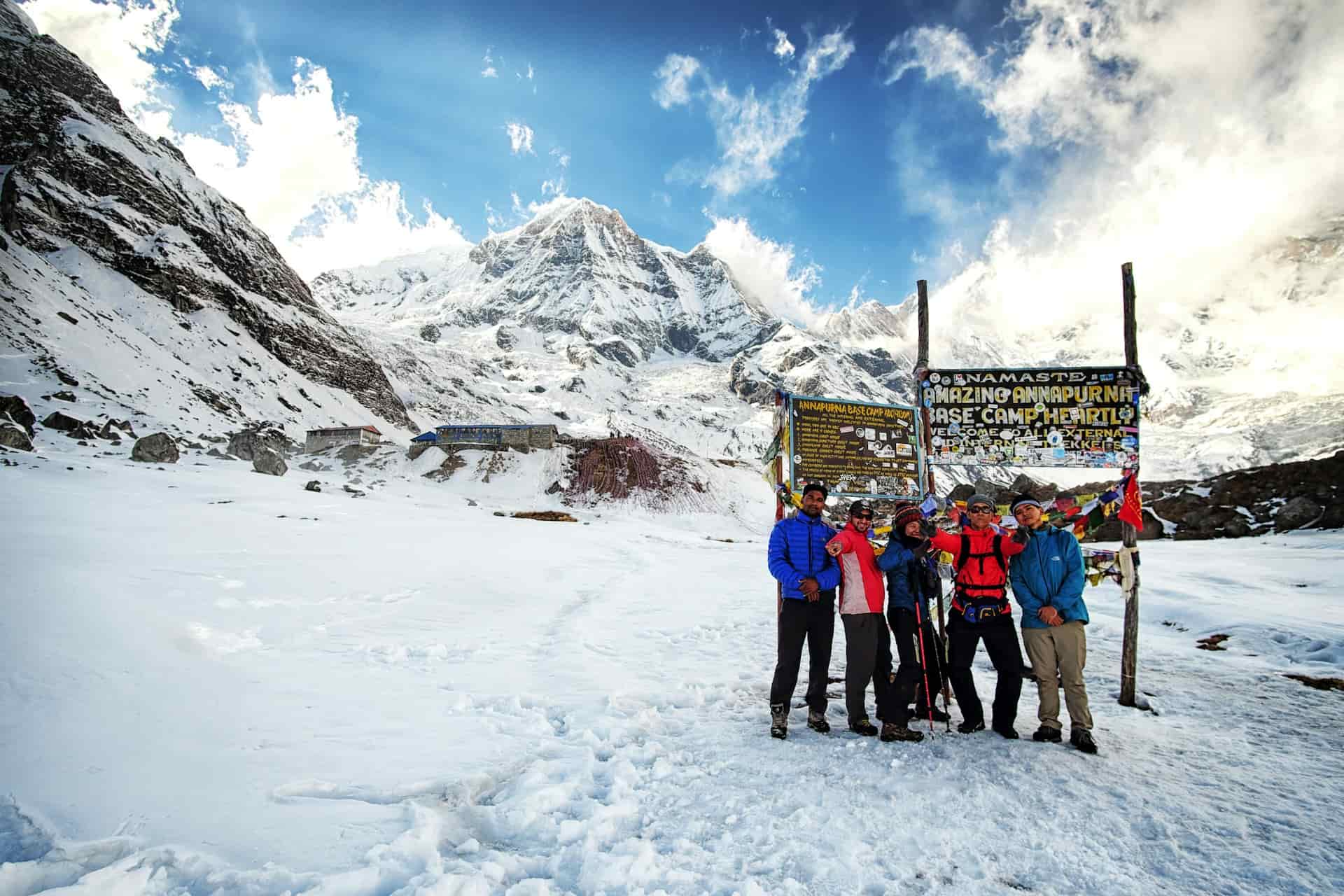
Experience the stunning beauty of Annapurna Base Camp with its majestic snow-capped peaks, lush landscapes, and rich cultural heritage.
3. Everest Base Camp Trek
The Everest Base Camp trek is another top choice during Dashain, offering trekkers the thrill of walking in the footsteps of legendary climbers. This iconic trek takes you through Sherpa villages, past Buddhist monasteries, and offers incredible views of Mount Everest and the surrounding Himalayas.

Discover the awe-inspiring beauty of Everest Base Camp with breathtaking views of the world's tallest mountain, serene landscapes, and a rich trekking experience.
4. Langtang Valley Trek
For those looking to explore a lesser-crowded region, the Langtang Valley trek is ideal during Dashain. Known for its beautiful valley views, rich Tamang culture, and proximity to glaciers, this trek provides a peaceful yet adventurous experience.
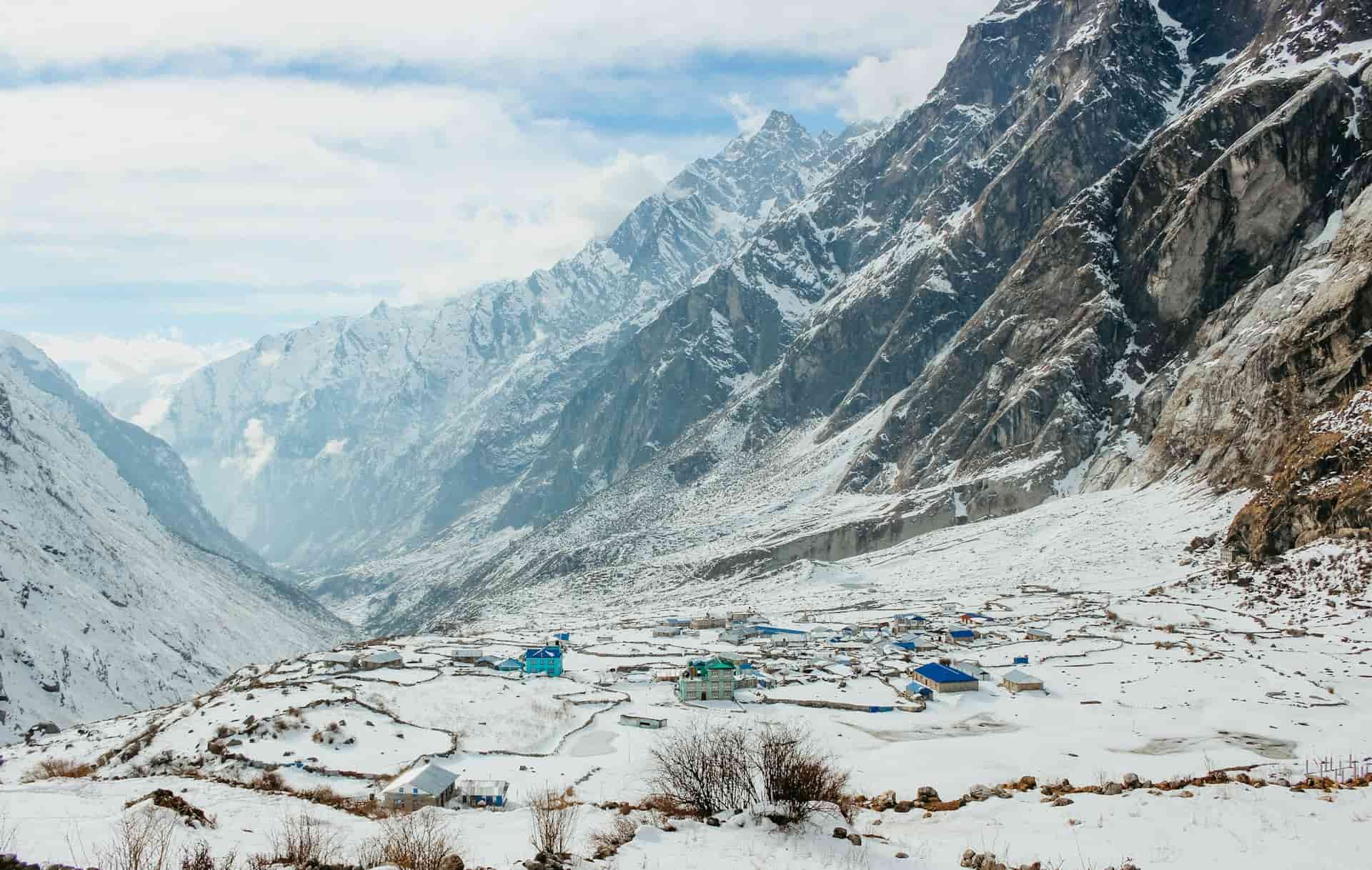
Embark on the unforgettable Langtang Valley Trek, offering stunning views of snow-capped peaks, rich culture, and pristine landscapes.
5. Mardi Himal Trek
Mardi Himal Trek is a hidden gem in the Annapurna region, gaining popularity for its stunning ridgeline views and relatively shorter duration. During Dashain, trekkers enjoy the festive atmosphere in the villages and breathtaking views of Machapuchare (Fishtail) and other peaks.
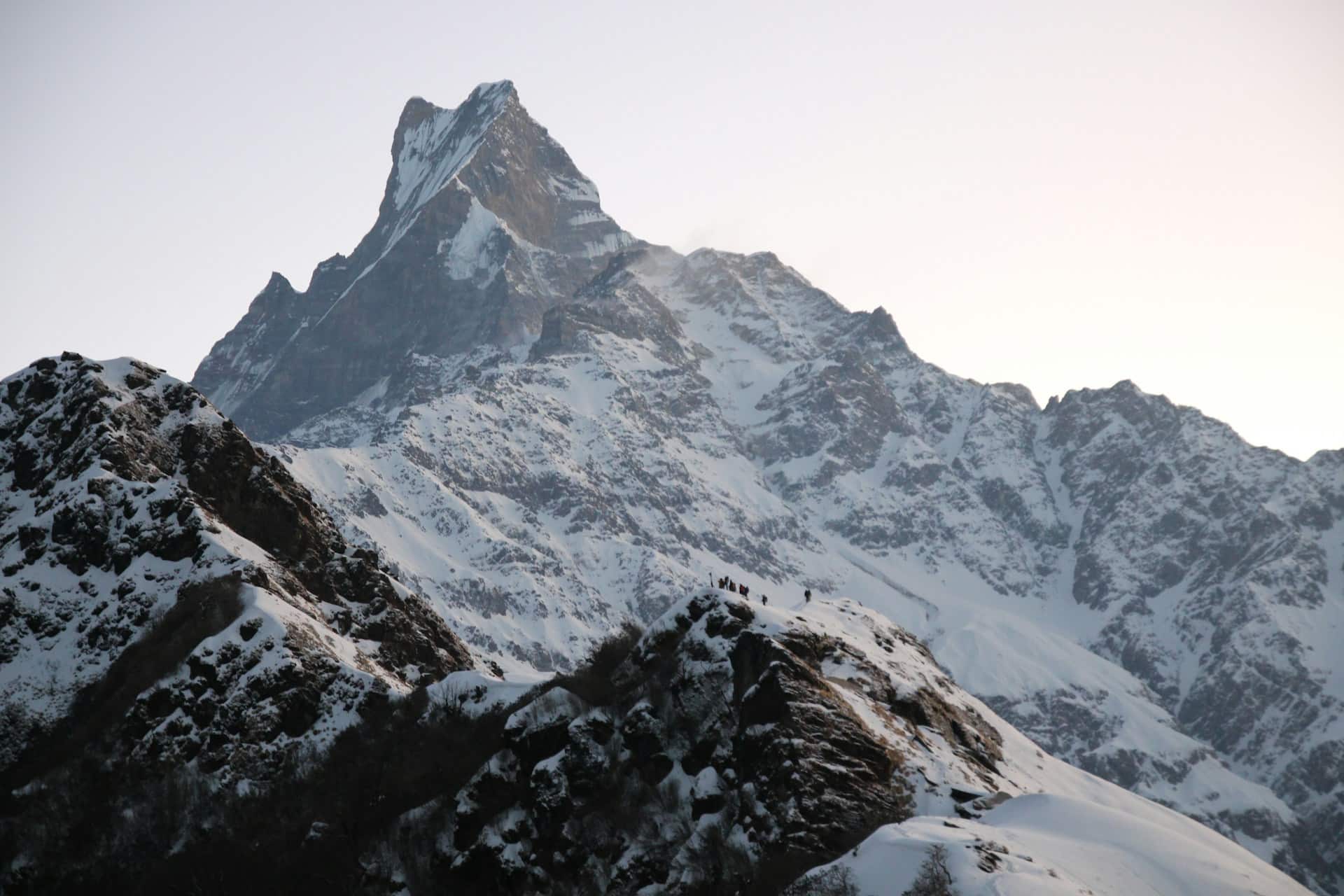
Experience the beauty of the Mardi Himal Trek, a hidden gem in Nepal’s Annapurna region. Enjoy breathtaking mountain views, pristine forests, and serene landscapes, making it the perfect trek for adventure enthusiasts and nature lovers
6. Ghorepani Poon Hill Trek
If you’re looking for a short and scenic trek during Dashain, the Ghorepani Poon Hill trek is perfect. Known for its panoramic sunrise views over the Annapurna and Dhaulagiri ranges, this trek offers a mix of cultural experiences and incredible mountain scenery.
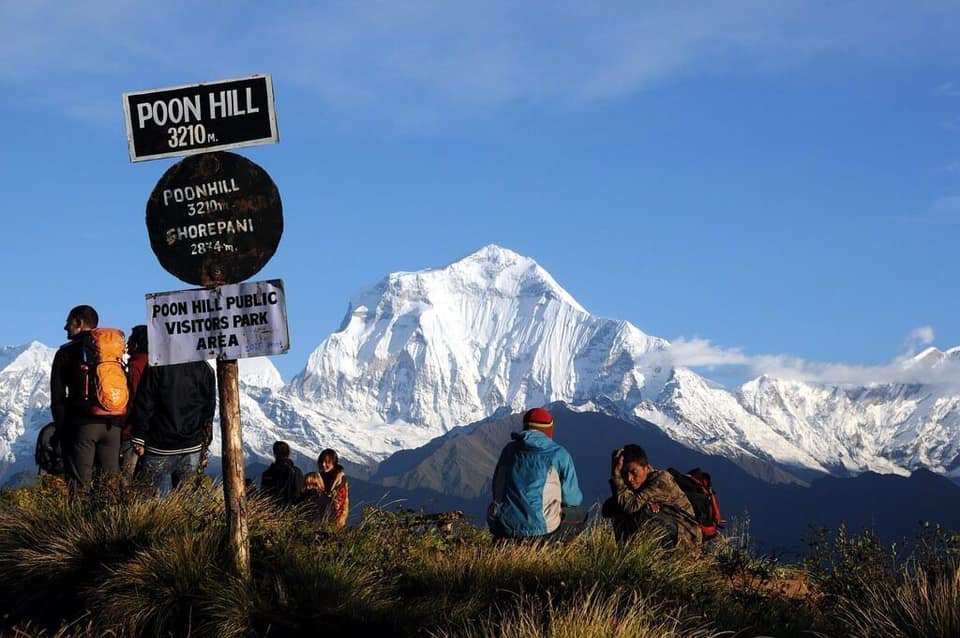
Embark on the Ghorepani Poon Hill Trek and witness panoramic views of the Annapurna and Dhaulagiri mountain ranges. Enjoy a perfect blend of scenic landscapes, cultural experiences, and unforgettable sunrises at Poon Hill, ideal for trekkers of all levels.
7. Manaslu Circuit Trek
For a more remote and challenging trek, the Manaslu Circuit is ideal during Dashain. The trek circles around Mount Manaslu, the eighth-highest mountain in the world, offering stunning mountain vistas, cultural diversity, and fewer crowds compared to other popular routes.
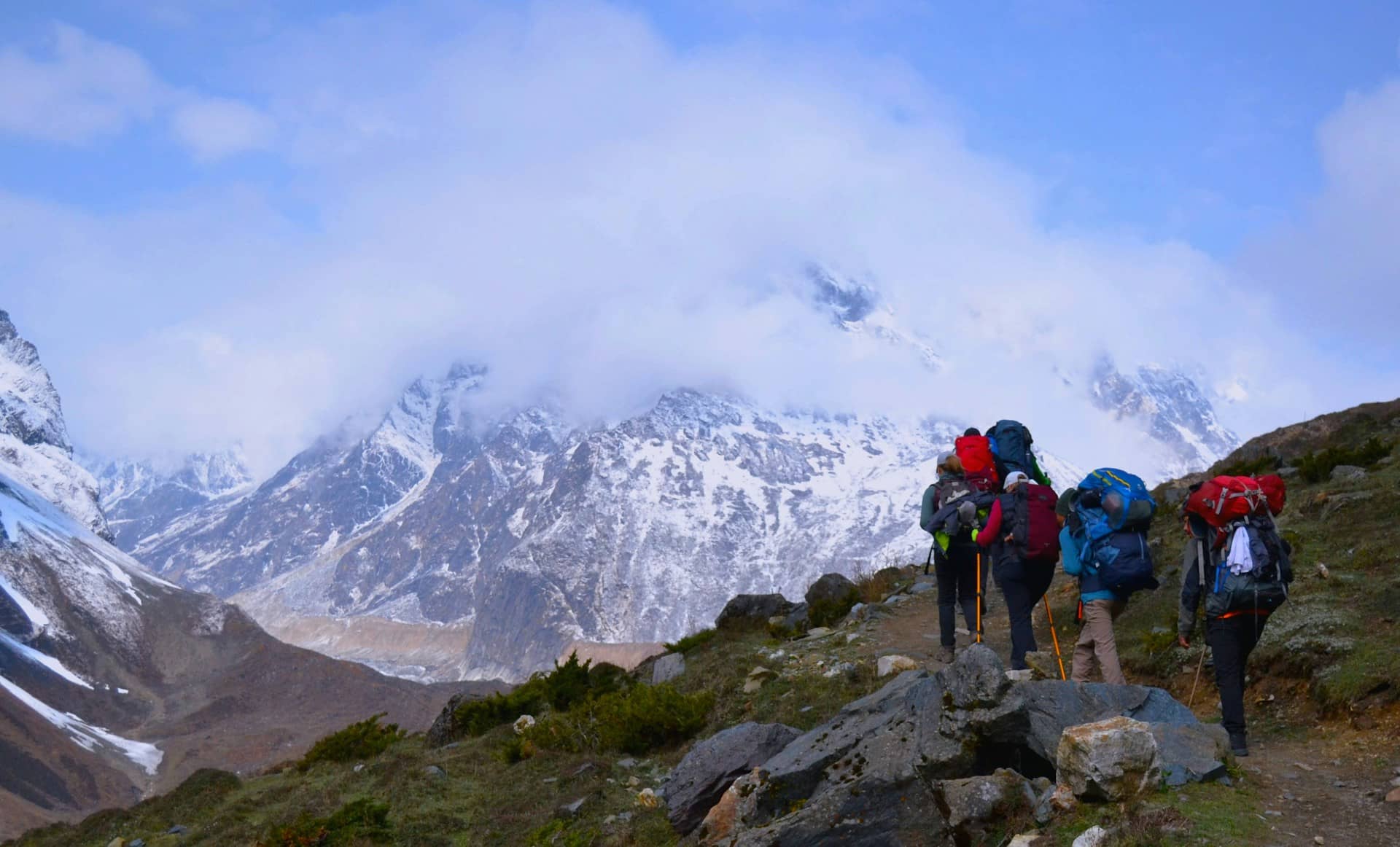
Explore the remote beauty of Nepal on the Manaslu Circuit Trek. Journey through lush valleys, picturesque villages, and stunning mountain views, culminating in a challenging adventure around the majestic Mount Manaslu, the eighth highest peak in the world.
8. Upper Mustang Trek
The Upper Mustang trek is perfect for those seeking to explore a unique, desert-like landscape during Dashain. This culturally rich region, once part of an ancient Himalayan kingdom, offers trekkers a chance to experience Tibetan Buddhist traditions, monasteries, and breathtaking scenery.
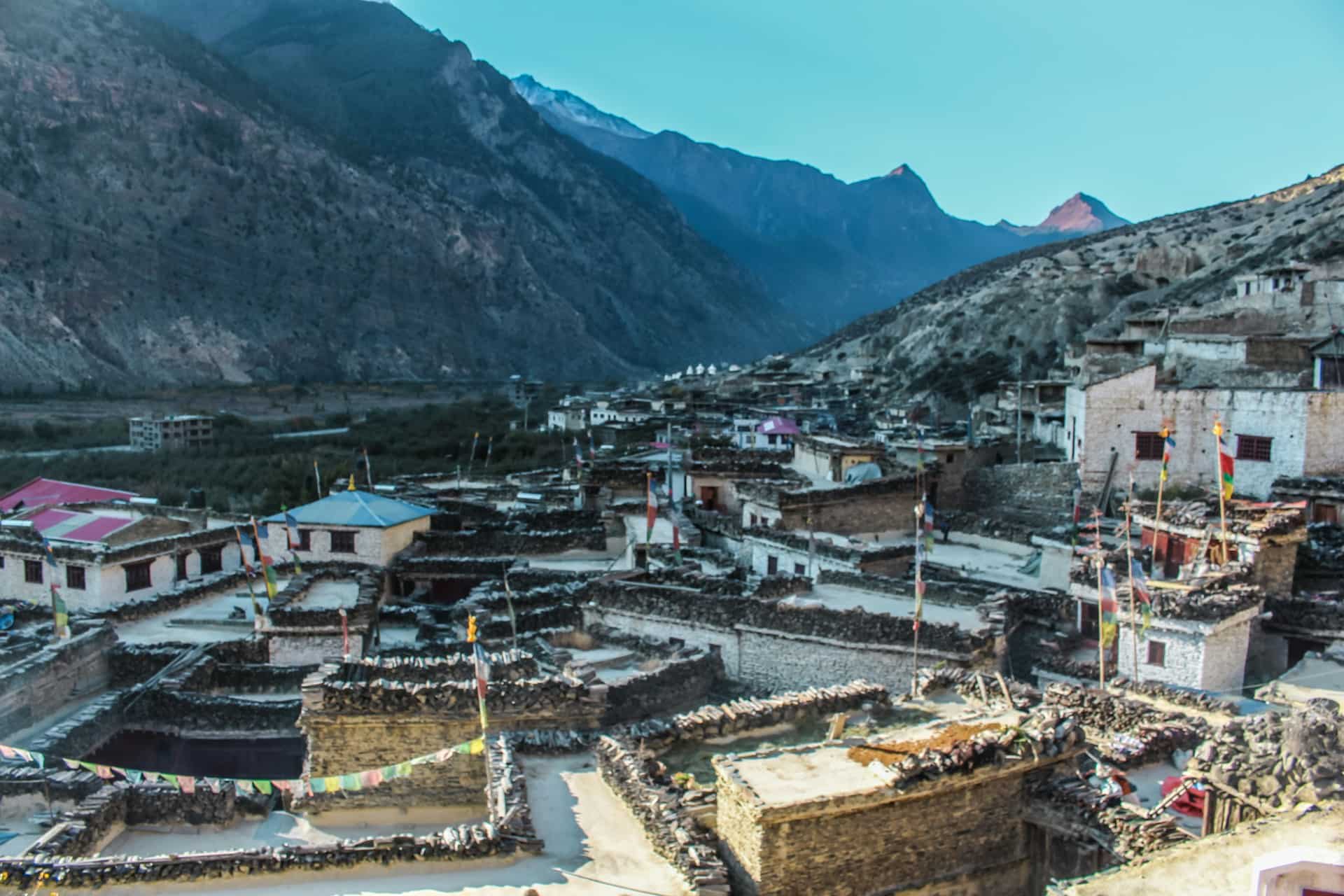
Embark on a unique adventure with the Upper Mustang Trek. Explore the forbidden kingdom, ancient monasteries, and breathtaking landscapes of Nepal's remote Mustang region, offering a glimpse into Tibetan culture and untouched natural beauty.
9. Tamang Heritage Trek
This culturally immersive trek in the Langtang region is a great option during Dashain. The Tamang Heritage Trek takes you through traditional Tamang villages, where trekkers can experience local festivities, including Dashain celebrations, and enjoy the region’s natural beauty.
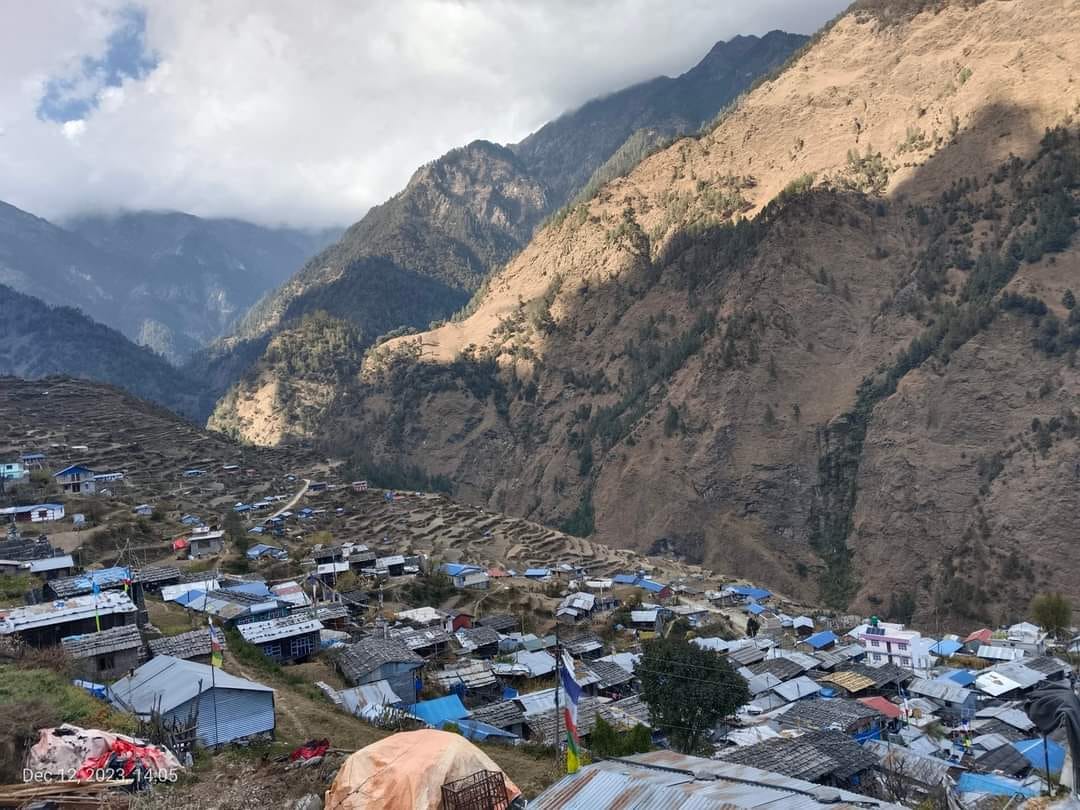
Discover the Tamang Heritage Trek, a journey through picturesque villages, traditional Tamang culture, and stunning Himalayan views. Experience the warmth of rural Nepal and Tibetan heritage on this unique trek.
10. Helambu Trek
Located close to Kathmandu, the Helambu trek is perfect for those looking for a shorter trek during Dashain. The trek offers beautiful mountain views, cultural experiences with the Hyolmo people, and a chance to explore lush forests and quiet villages.
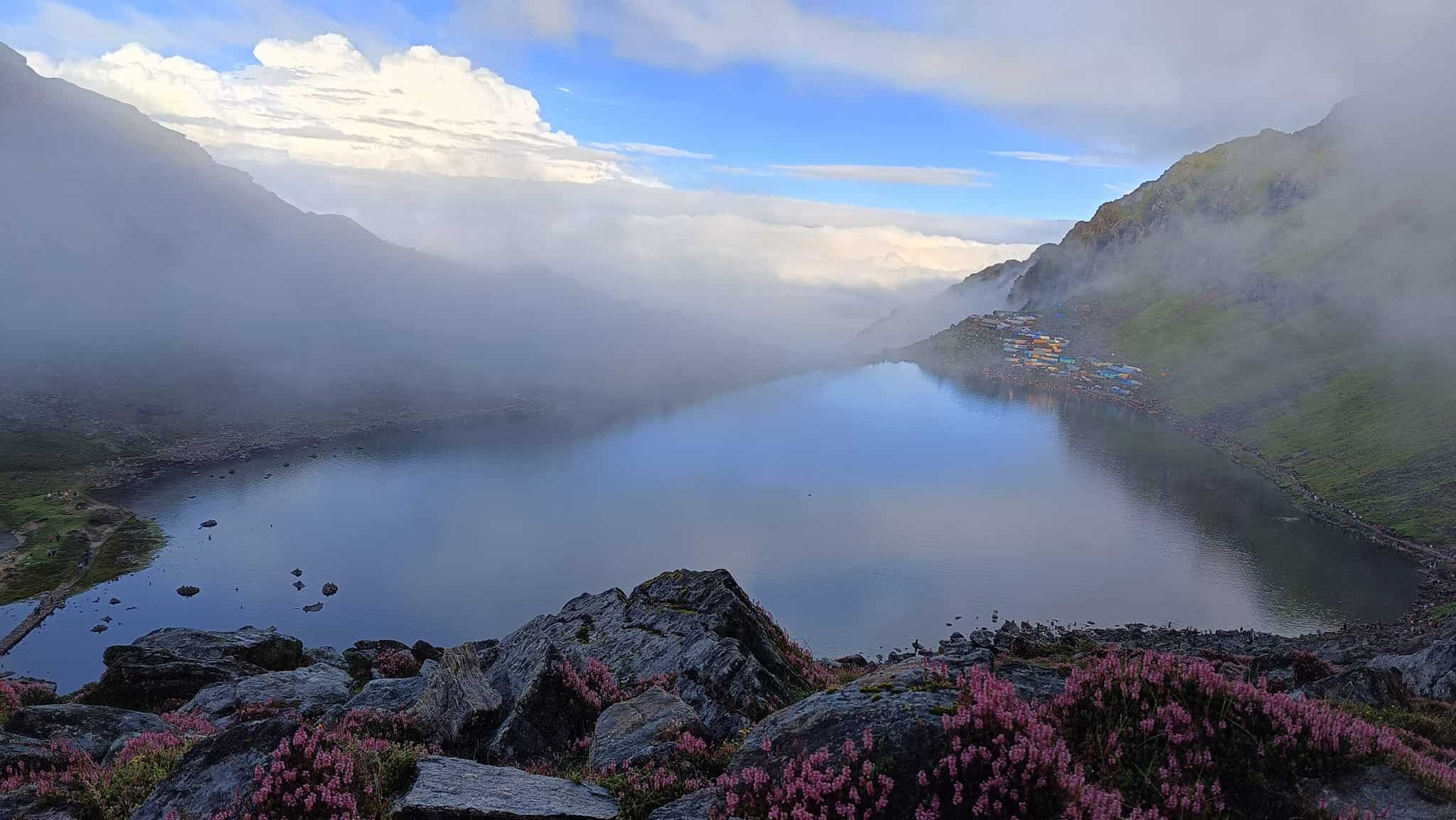
Embark on the Helambu Trek and explore serene lakes, vibrant flowers, and cloudy Himalayan scenery. A perfect blend of natural beauty.
11. Khaptad National Park Trek
For those seeking an off-the-beaten-path experience, the Khaptad National Park trek in western Nepal is an excellent choice during Dashain. This remote trek offers unspoiled landscapes, diverse flora and fauna, and a peaceful retreat into nature, far from the crowds.
Experience the Best of Nepal’s Trekking Destinations During Dashain
Dashain is a wonderful time to trek in Nepal, as the festive season brings a vibrant atmosphere to the villages and clear skies offer stunning views of the Himalayas. Whether you're seeking adventure, culture, or breathtaking natural beauty, these trekking destinations provide the perfect escape during the Dashain holiday.
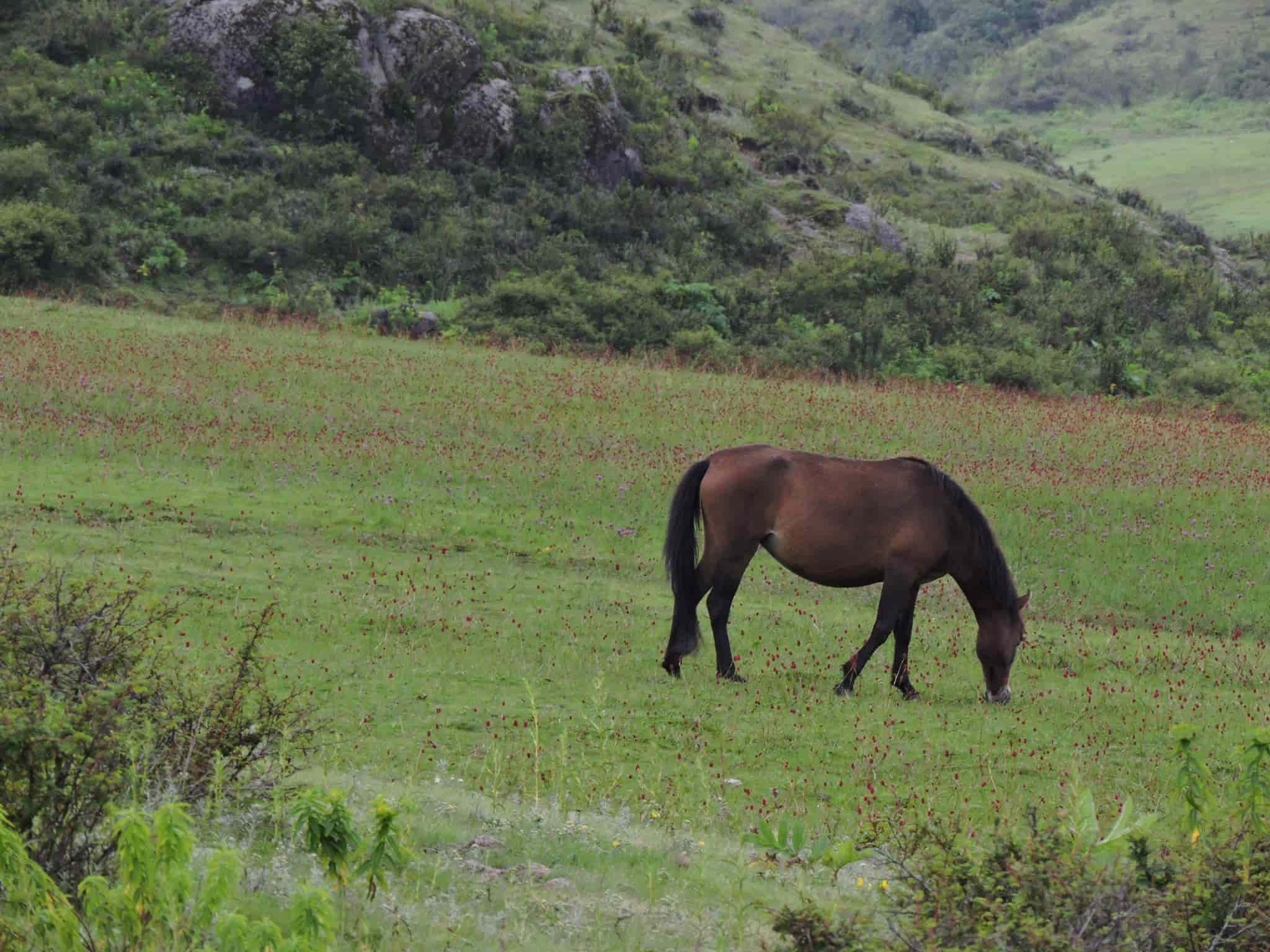
Discover the beauty of Khaptad National Park, where horses graze peacefully in vast green fields, surrounded by serene landscapes and diverse wildlife.
FAQ: Dashain Festival: Tradition, Rituals, and Celebrations in Nepal
1. What is Dashain?
Dashain is the biggest and most important Hindu festival in Nepal, celebrating the triumph of good over evil. It lasts for 15 days, typically in September or October.
2. Why is Dashain celebrated?
Dashain commemorates the victory of the goddess Durga over the demon Mahishasura, symbolizing the triumph of good over evil.
3. When does Dashain take place?
Dashain usually falls between late September and mid-October, based on the lunar calendar. It lasts for 15 days.
4. What are the main days of Dashain?
The most important days are Ghatasthapana (the first day), Phulpati (the seventh day), Maha Ashtami (the eighth day), Maha Navami (the ninth day), and Dashami (the tenth day).
5. How is Dashain celebrated?
Dashain is celebrated with family gatherings, rituals, animal sacrifices, and blessings from elders. People clean their homes, wear new clothes, and fly kites.
6. What is the significance of tika during Dashain?
On the 10th day, elders place a mixture of rice, yogurt, and vermilion (tika) on the foreheads of younger family members, offering blessings for health, prosperity, and success.
7. What is the importance of Ghatasthapana?
Ghatasthapana marks the first day of Dashain, where people sow barley seeds and install a sacred pot (ghata) symbolizing goddess Durga's presence.
8. Why are animals sacrificed during Dashain?
Animal sacrifices, especially of goats, buffaloes, and chickens, are made as offerings to goddess Durga in gratitude for her victory over evil.
9. What is Phulpati?
Phulpati is the seventh day of Dashain, when flowers, sacred leaves, and other offerings are carried from Gorkha to the Dashain Ghar in Kathmandu's Hanuman Dhoka palace.
10. What happens on Maha Ashtami?
Maha Ashtami, the eighth day, is when goddess Durga is worshipped in her fiercest form, and animal sacrifices are offered to appease her.
11. What is the significance of Maha Navami?
Maha Navami, the ninth day, is dedicated to worshipping tools, vehicles, and weapons. People believe this day brings protection and prosperity.
12. What is Vijaya Dashami (Dashain Tika)?
Vijaya Dashami, the 10th day, is the most important day of Dashain, where people receive tika, jamara (barley seedlings), and blessings from their elders.
13. What is Jamara, and why is it important?
Jamara is barley grass grown during Dashain and symbolizes good health, prosperity, and a new beginning. It is worn behind the ear during tika.
14. Why do people fly kites during Dashain?
Flying kites during Dashain is a way to celebrate the season and also symbolizes sending messages to the gods to stop the rains of the monsoon.
15. How do people prepare for Dashain?
Families clean and decorate their homes, buy new clothes, prepare special meals, and travel to their ancestral villages to celebrate with family.
16. What special food is eaten during Dashain?
Traditional foods like mutton, buffalo meat, goat curry, and sel roti (a homemade rice bread) are commonly enjoyed during Dashain.
17. Is Dashain celebrated only in Nepal?
Dashain is primarily celebrated in Nepal, but it is also observed by Nepali communities in Bhutan, India, and other countries where Nepalis live.
Recent Blog Posts

Kathmandu Valley: Exploring the Capital of Nepal
Jun 15, 2025
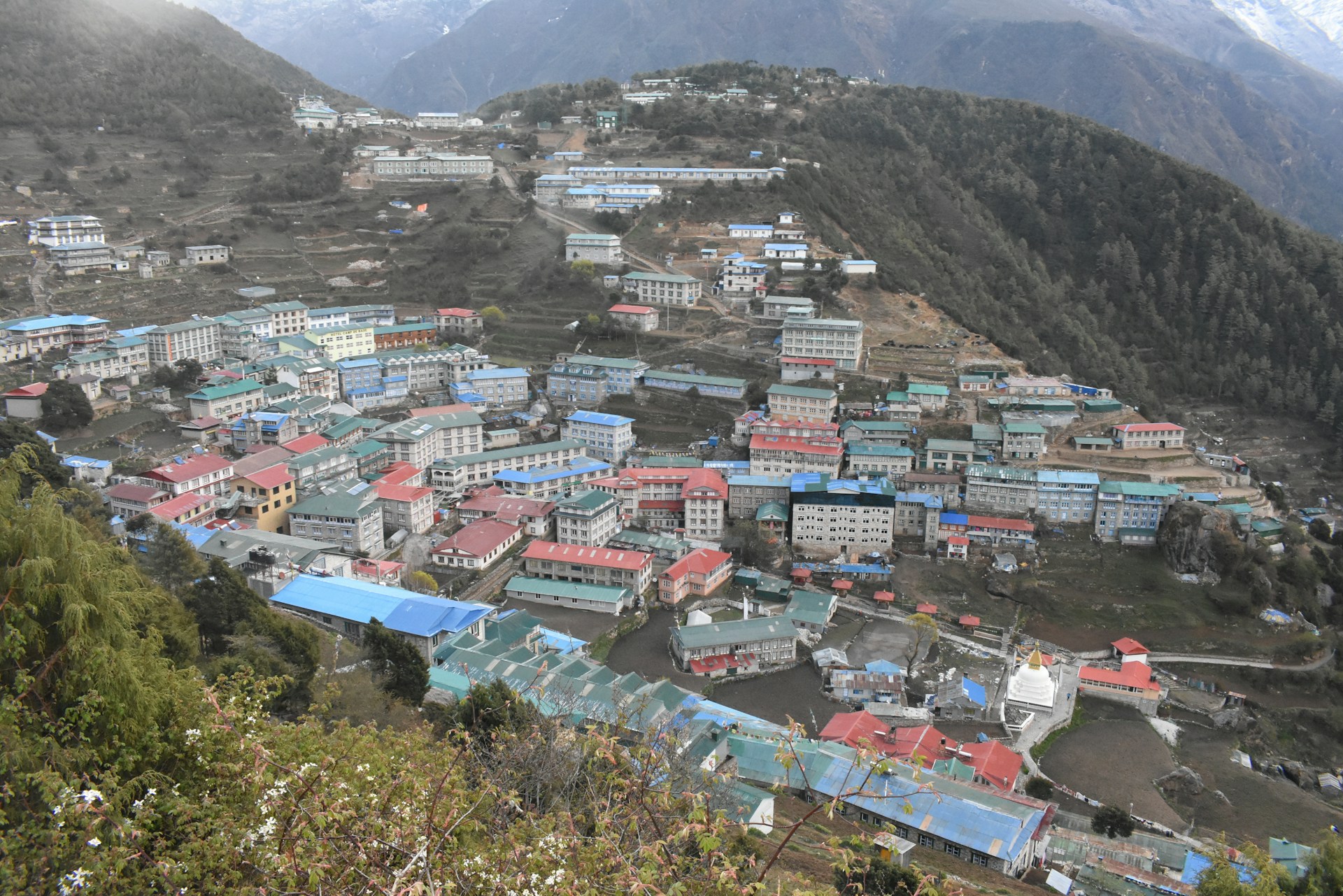
Namche Bazaar: What to Expect in the Sherpa Capital
May 20, 2025
